August 9, 2025 | 21:48 GMT +7
August 9, 2025 | 21:48 GMT +7
Hotline: 0913.378.918
August 9, 2025 | 21:48 GMT +7
Hotline: 0913.378.918
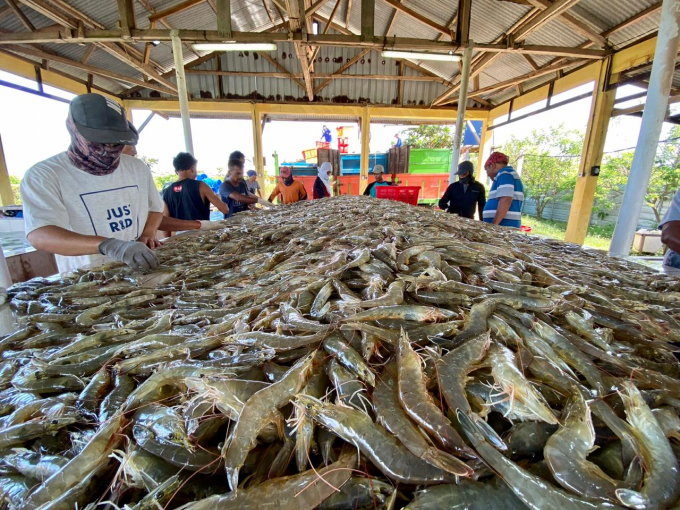
Farmers harvest whileleg shrimp in Indonesia. Photo: VAN.
Indonesia targets to become the world’s largest whiteleg shrimp producer by increasing production to 16 million tonnes annually, from currently below one million tons, according to the Vietnam Association of Seafood Exporters and Producers (VASEP).
To this end, Indonesia must begin developing new shrimp ponds spanning an area of 200 thousand hectares until 2024.
"If we succeed in developing 200 thousand hectares of shrimp ponds, with two harvest cycles of 80 tons per hectare per year, based on an economic analysis, it could generate nearly 1,200 trillion rupiah," said Indonesian Maritime Affairs and Fisheries (KKP) Sakti Wahyu Trenggono.
The development also aims to build a strong defense system to protect the nation’s maritime wealth, he told Antara news agency.
In addition to developing new ponds, Trenggono said that the KKP will also build aquaculture villages in several parts of Indonesia to boost the economy.
The two activities are the ministry's flagship programs that he leads, in line with its motto of developing sustainable aquaculture, he said.
The KKP Ministry has targeted boosting aquaculture productivity, from the 2020 production target of 18.44 million tons to 19.47 million tons in 2021.
According to Slamet Soebjakto, Director General of Aquaculture, the KKP's Directorate General of Aquaculture has set targets and outlined priority programs to increase aquaculture productivity this year.
The aquaculture production target for this year includes 7.92 million tons of fisheries and 11.55 million tons of seaweed.
Other target of the ministry is to boost ornamental fish production for which coordination with the local governments, at the provincial, district, and city levels will be strengthened to build synergy in the development of aquaculture in these regions, he said.
Indonesia is one of the top five shrimp producers in the world with a production volume of less than 1 million tonnes per year, below that of China, Ecuador, Vietnam, and India.
Translated by Mai Huong
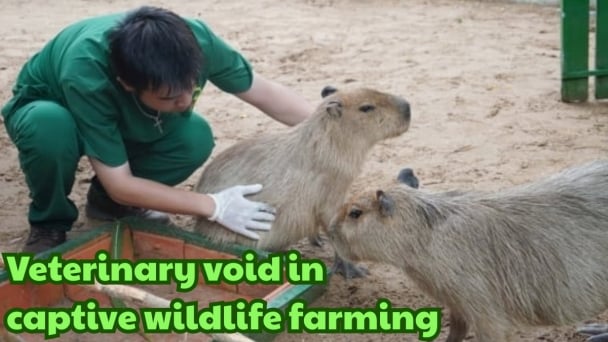
(VAN) More than a conservation site, Saigon Zoo is emerging as a model for wildlife health surveillance in the heart of Ho Chi Minh City.
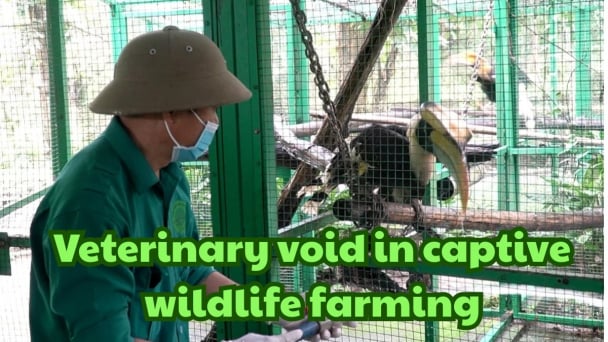
(VAN) From local pilot initiatives to global best practices, effective disease surveillance in captive wildlife demands a coordinated ecosystem, before it’s too late.
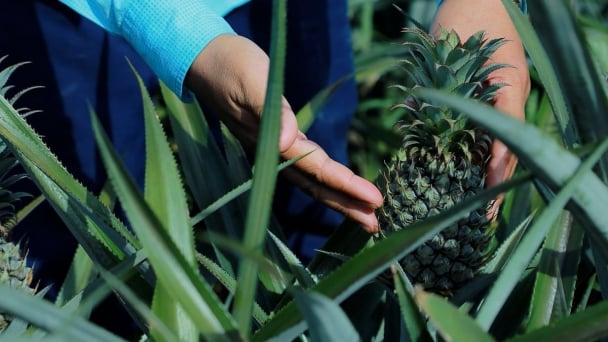
(VAN) The North Central's dry climate and hilly landscape give it the potential to become a top pineapple production region, provided it capitalizes on its natural advantages and invests properly.
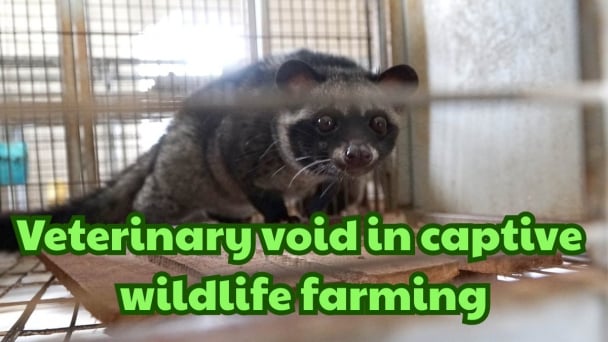
(VAN) Captive wildlife in Vietnam largely remains outside the official disease prevention system, exposing numerous species to uncontrolled risks.
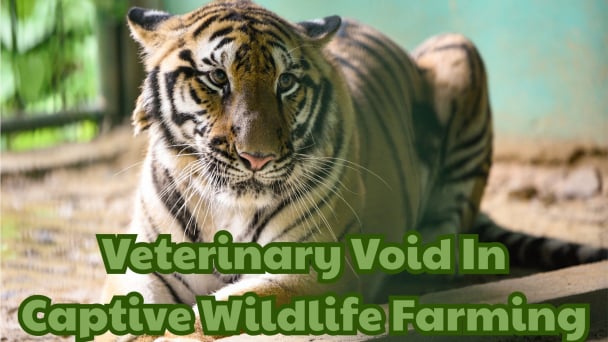
(VAN) The death of 50 captive tigers due to the A/H5N1 avian flu in Dong Nai and Long An has underscored a void in epidemic monitoring within wildlife farming, which appears to be neglected.
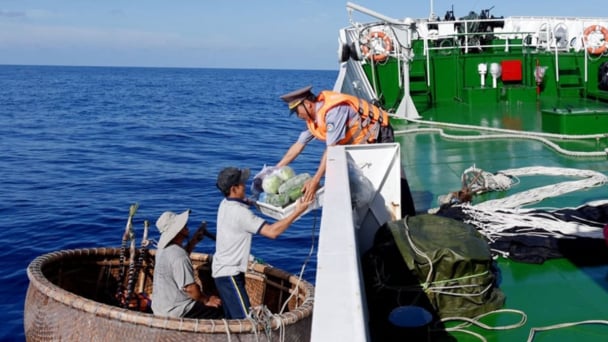
(VAN) Anti-IUU efforts must be quantifiable: no vessels in foreign waters, full VMS coverage, and protection of fishing grounds and livelihoods.
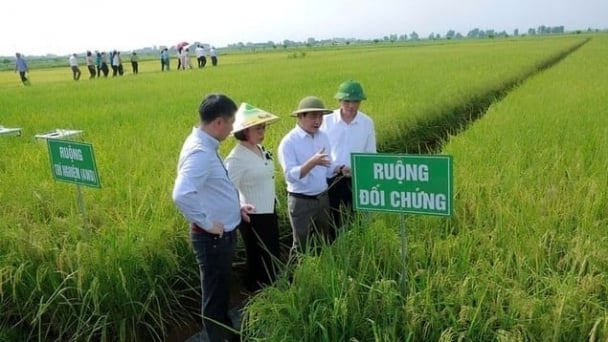
(VAN) Implementing low-emission agriculture can only succeed when farmers trust the process and clearly see the tangible economic benefits of changing their cultivation methods.